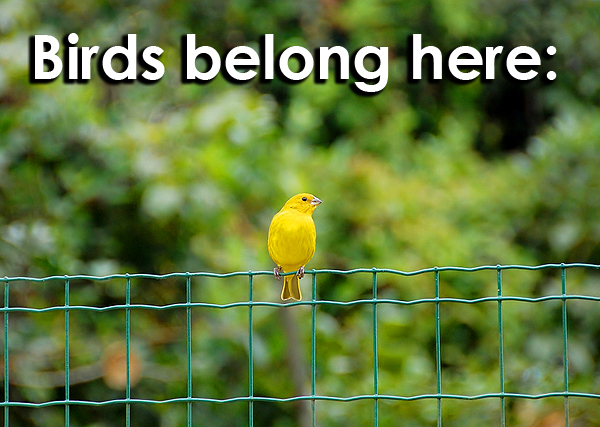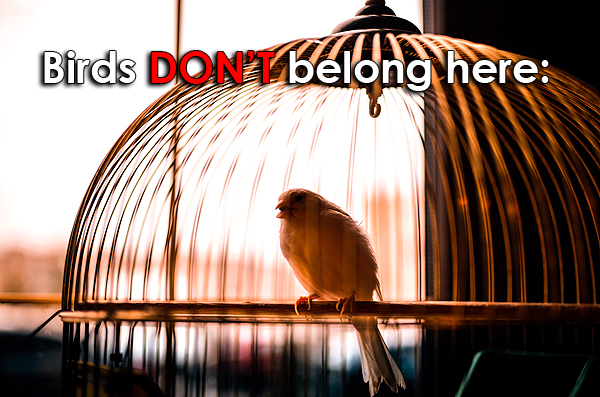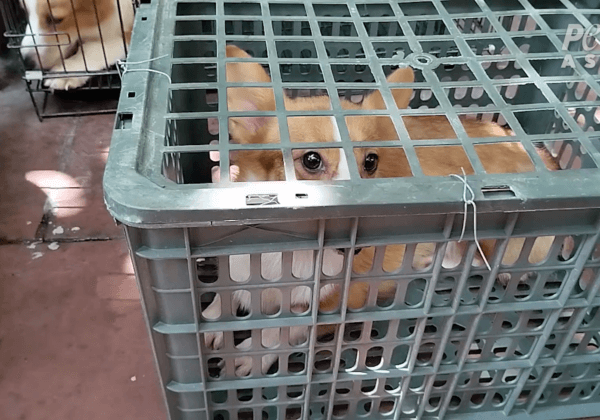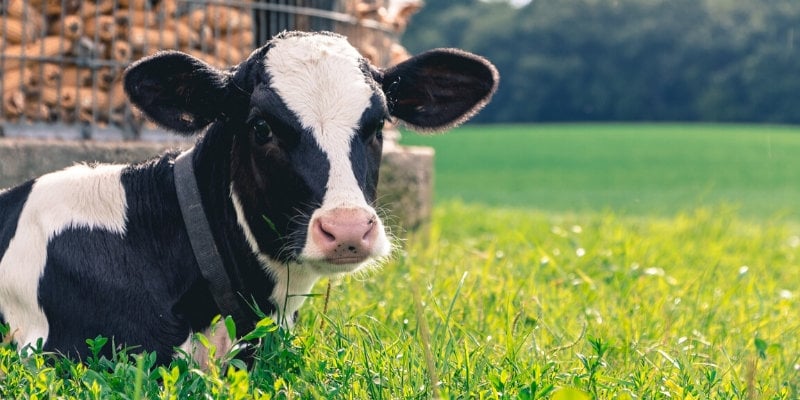Why You Shouldn’t Buy ‘Pet’ Birds
This article was written by peta2 staffer Whitney Calk.
When I was 9 years old, my parents bought me a cockatiel for Christmas from a local pet store. I named him Bubba, and like any young kid would be, I was excited for him to become my new best friend.

After a few weeks, though, his newness wore off. He needed attention, he needed to stretch his wings, and he needed someone to clean his cage way more than I ever felt like cleaning it.
It’s no big surprise that, being a kid, I was NOT prepared for the huge responsibility of taking care of Bubba and, well, neither were my parents. Because of this, Bubba was condemned to live his entire life in a small, dirty cage in my room, neglected and bored out of his mind, until he passed away years before he would have in the wild.
Unfortunately, Bubba’s story is all too common.

No bird was born to live in a cage. But still, millions are kept caged and often improperly cared for—bored, lonely, and a long way from their natural homes.
Where do they come from?
All caged birds were either captured or bred in captivity. Just as there are puppy mills, there are now enormous bird factories, in which breeders warehouse thousands of parrots and other exotic birds, who are frequently confined to dirty, dimly lit cages, unable even to stretch their wings fully (sound familiar?).
Wild-caught parrots are also a large part of the multibillion-dollar illegal wildlife trade. Although many smugglers are caught illegally importing these birds, most aren’t caught, so thousands of sick and terrified birds enter the companion bird trade each year.
When the novelty wears off …
Many people buy birds on impulse, as my family did, and then don’t have a clue how much time, money, and energy are needed to care for them. When the birds who seemed so cute and lovable in pet stores turn out to be noisy and messy, many are abandoned, and few live out their natural life spans. (Some birds can live for more than 100 years.)

Photo: basheertome | CC by 2.0
Driven mad by boredom and loneliness, caged birds often become aggressive, neurotic, and self-destructive. They pull out their own feathers, mutilate their skin, incessantly bob their heads, pace back and forth, peck over and over again at cage bars, and shake or even collapse from anxiety.
How can you help?
It’s very simple:

Photo: Leonardo Rech | CC by 2.0

Photo: Serhio Magpi | CC by 2.0
Just in case it didn’t sink in the first time: No bird was born to live in a cage. Please never buy a bird—or any animal—from a pet store or breeder, and don’t support any businesses that keep caged birds as “decorations.”









